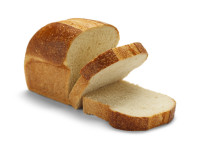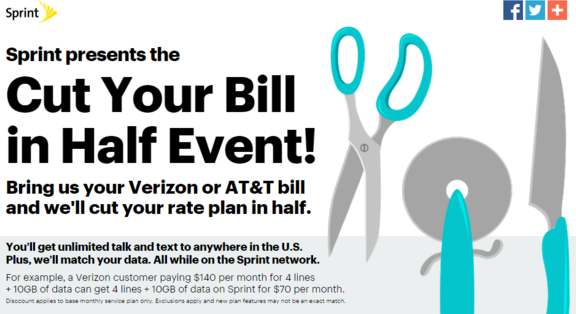 What makes your company or product stand out from the others? How can you meet the needs of your customer better than anyone else? The answer to those questions is your value proposition.
What makes your company or product stand out from the others? How can you meet the needs of your customer better than anyone else? The answer to those questions is your value proposition.
It is extremely important to your marketing strategy that you identify your value proposition early. It may change at times, but there has to be SOMETHING that makes you better than the competition. Identify it, build on it, and communicate it.
If stated correctly, your value proposition should propel the reader to take action.
How do you build your value proposition? Follow these three key elements:
Clarity – Make Your Value Proposition Clear
Be abundantly clear with your message. This isn’t a time for sophistication or trade buzzwords. The best value propositions bring clarity to your product or service, in other words, they clearly explain what the product can do for the reader.
Here are a few examples of good value propositions:
- Evernote – Remember everything.
- Square – Start accepting credit cards today.
- Sprint – Bring us your Verizon or AT&*T bill and we’ll cut your rate plan in half.
- Amazon Prime – When you want it, when you need it.
- Jell-o – Teach your taste buds to jiggle with a variety of yummy flavors.
- KFC – The world’s best chicken.
Once you have identified your value proposition, build on it with visuals.Here’s one of our favorites:
A value proposition should be communicated in the customer’s language because the way you may talk about your product or service is different to the way the customer perceives it.
Communicate Your Benefits
Someone buys your product or service for the benefits (perceived or real), they foresee in consuming/using it. So you need to understand those benefits in order to write the most compelling value proposition.
These are NOT the benefits that you, (in all your unbiased wisdom), have judged the product will deliver. Rather, it is those benefits deemed important by your customers – so to know for sure, you need to ask them.
Don’t bother with words that describe your amazing technology or the creative way your product will look sitting on their windowsill, craft the words in terms of the BENEFITS your customer will derive. For instance, here are some of the benefits of eating well:
- Your energy levels will be optimized
- Your strength and stamina will increase
- You will look healthier
- Your immune system will be tougher so you could live longer
- You will think more clearly and handle stress better
- Your chances of getting diabetes, cancer and cardiovascular diseases will decrease
If this is resonating, think about the type of benefits your product or service must convey.
Differentiation – What Sets You Apart?
If you want a chance of winning against the competition, you have to differentiate your product or service so that it distances you from their offering. Ask yourself what is truly different about your product versus what’s on the market.
- Easier to use
- More convenient to work with
- Saves you time
- Save you money
- Integrates with a product that customer already uses and benefits from
There’s more to this but you’ve now got the basics. If you’d like a start to building your value proposition, see if this worksheet can get you started: http://www.marketingexperiments.com/blog/wp-content/uploads/MarketingExperiments-Value-Prop-Worksheet.pdf
Good luck, and remember, it’s not the advertising venues or marketing tactics you employ, but the value proposition that will convince someone you have the best idea since sliced bread.


Leave a Reply